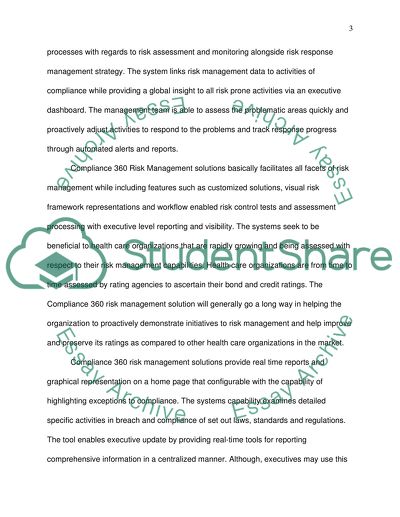Cite this document
(“Risk Management in Health Care Organizations Term Paper”, n.d.)
Risk Management in Health Care Organizations Term Paper. Retrieved from https://studentshare.org/health-sciences-medicine/1442719-risk-management-in-health-care-organizations
Risk Management in Health Care Organizations Term Paper. Retrieved from https://studentshare.org/health-sciences-medicine/1442719-risk-management-in-health-care-organizations
(Risk Management in Health Care Organizations Term Paper)
Risk Management in Health Care Organizations Term Paper. https://studentshare.org/health-sciences-medicine/1442719-risk-management-in-health-care-organizations.
Risk Management in Health Care Organizations Term Paper. https://studentshare.org/health-sciences-medicine/1442719-risk-management-in-health-care-organizations.
“Risk Management in Health Care Organizations Term Paper”, n.d. https://studentshare.org/health-sciences-medicine/1442719-risk-management-in-health-care-organizations.


